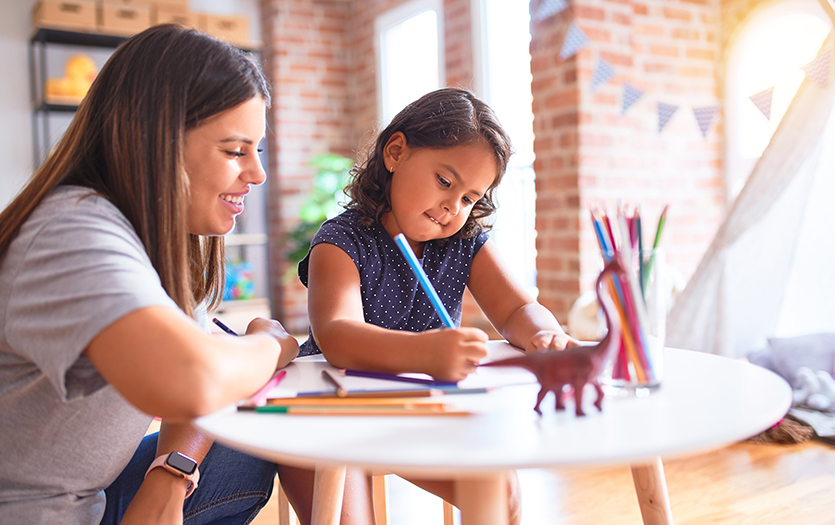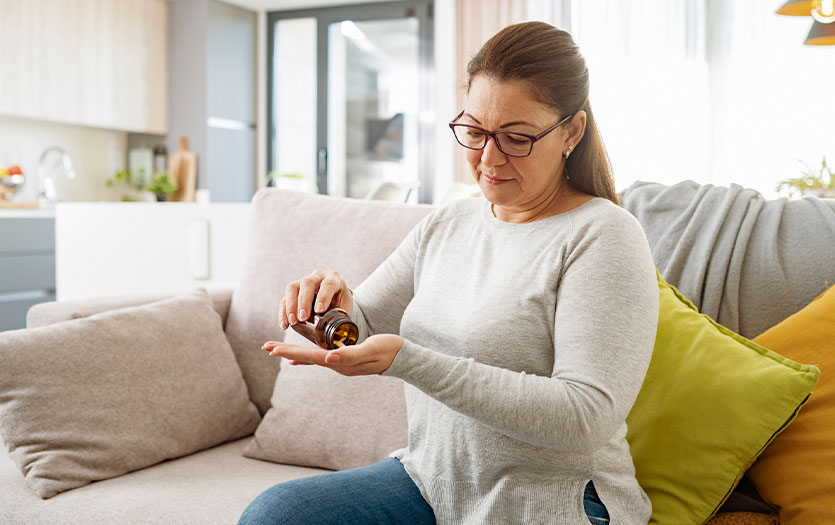
This post was written by Lauren Quandt, MSN-RN, CEN, TCRN, pediatric trauma coordinator and injury prevention specialist, Parkview Health.
Playgrounds are important places for children to have fun, explore and grow. Kids learn through play and need opportunities to take risks, test their limits and learn new skills through free play. With all that being said, playgrounds also require close supervision and steps for injury prevention.
Falls are the most common type of playground injury, accounting for more than 75% of all playground-related injuries. Lack of or improper supervision is associated with approximately 45% of playground related injuries. Here are some simple steps parents and caregivers can take to keep their little ones safe.
Supervise kids using playground equipment
• Actively supervise children on playgrounds.
• Check playgrounds where your children play. Look for hazards, such as rusted or broken equipment and dangerous surfaces. Report any hazards to the school or appropriate local office.
• Teach children that pushing, shoving or crowding while on the playground can be dangerous.
• Dress appropriately for the playground. Remove necklaces, purses, scarves or clothing with drawstrings that can get caught on equipment and pose a strangulation hazard. Even helmets can be dangerous on a playground, so save those for bikes and skates.
Choosing the right play area
• Little kids play differently than big kids. It’s important to identify and take advantage of a separate play area for children under 5.
• For babies who are learning to walk, the play area should have a smooth and easy surface to walk on.
• If your baby has fairly good head control and can sit up with support (usually around 9 months old), give the (bucket-shaped) swings a try.
Ensure there are safe surfaces beneath and surrounding playground equipment
• Avoid playgrounds with non-impact absorbing surfaces, such as asphalt, concrete, grass, dirt or gravel.
References



